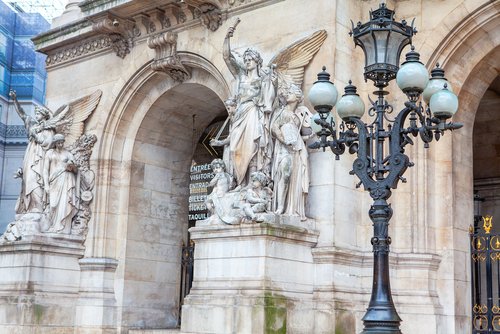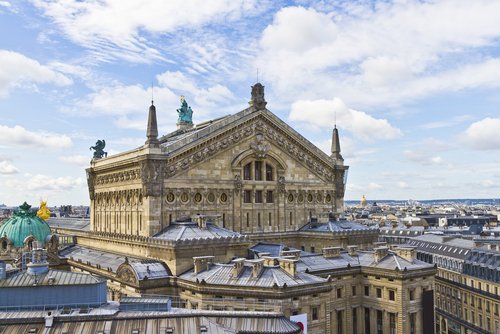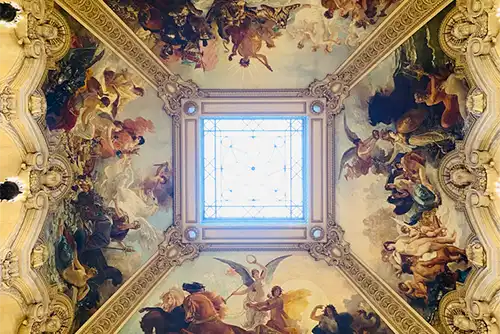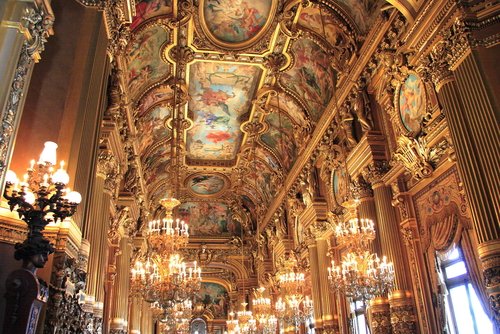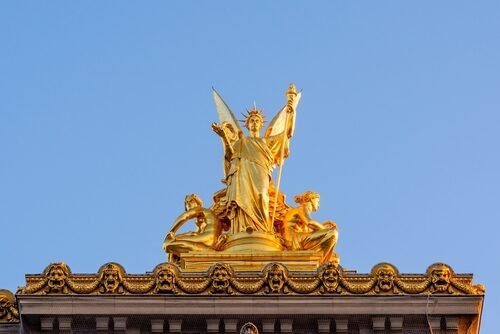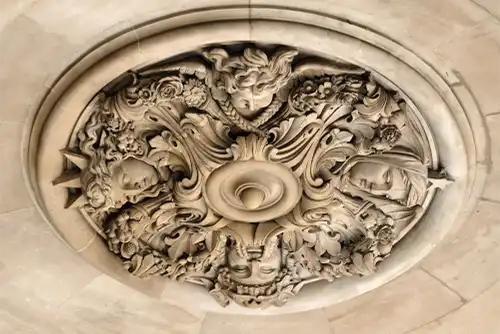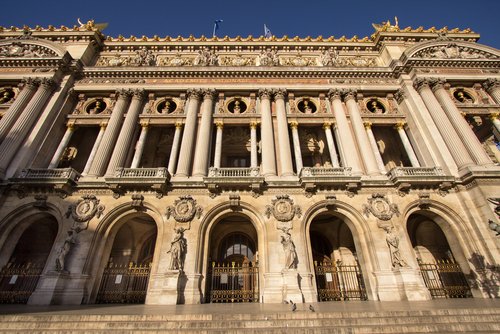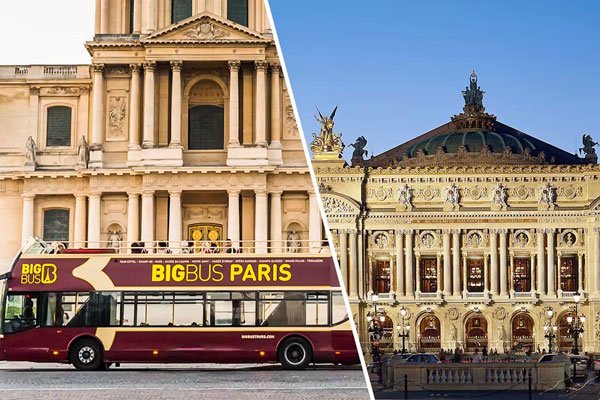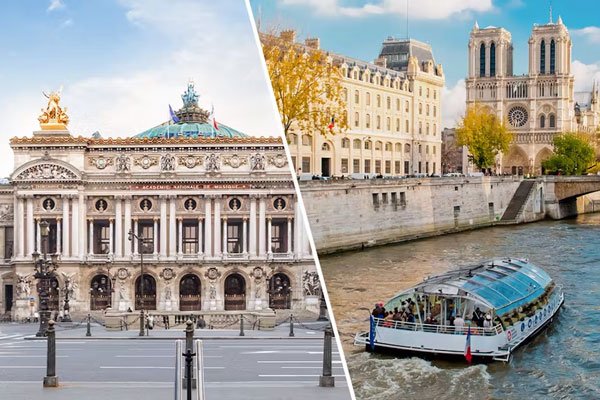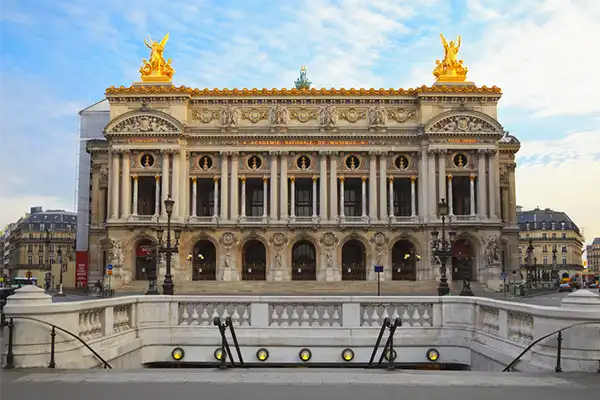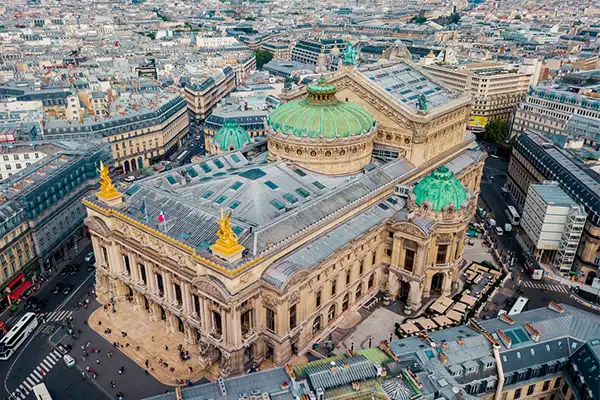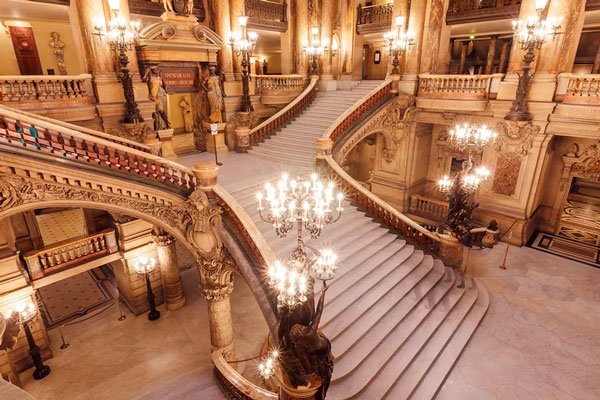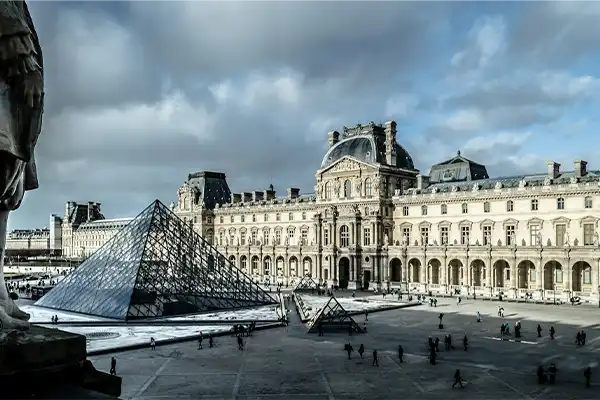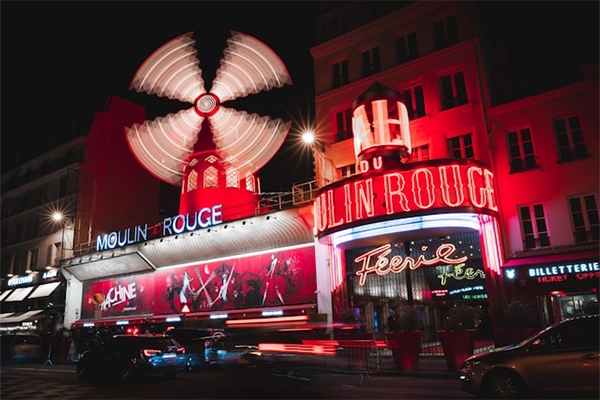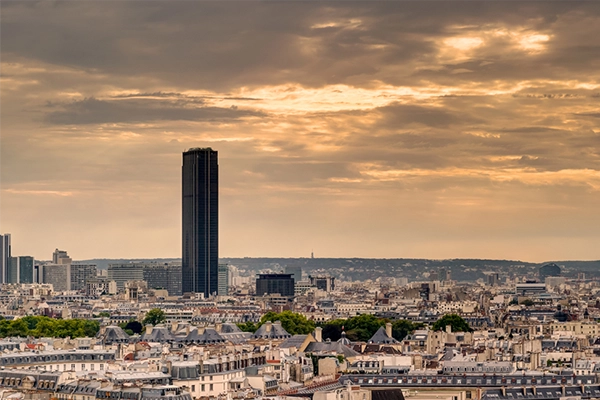Palais Garnier History
Palais Garnier History
Step into the opulent world of the Palais Garnier, also known as Opéra Garnier. Built in the heart of the City of Lights, the opera house epitomizes the grandeur and extravagance of 19th-century Paris. Its majestic architecture, adorned with intricate details and rich ornamentation, has captivated audiences for over a century.
On this page, delve into the fascinating Palais Garnier history, from its inception as a symbol of Napoleon III’s ambition to its enduring legacy as a world-renowned cultural landmark. Begin with a chronological timeline, followed by an in-depth overview and insights into its remarkable architecture.
Palais Garnier History: Historical Timeline
1861
The construction of the Palais Garnier is commissioned by Emperor Napoleon III as a symbol of his ambition and the grandeur of the Second Empire.
1862
Charles Garnier, a young and relatively unknown architect, is selected to design the opera house. Garnier’s design is inspired by the Renaissance and Baroque styles, incorporating grand arches, ornate balconies, and lavish decorations.
1875
After 14 years of construction, the Palais Garnier is inaugurated with a grand spectacle. The opera house is hailed as a masterpiece of architecture and a testament to the artistic achievements of the Second Empire.
1875-1937
Palais Garnier becomes the center of Parisian cultural life, hosting a wide range of opera, ballet, and musical performances. The opera house is also home to the Paris Opera Ballet, one of the world’s most renowned ballet companies.
1937
Palais Garnier undergoes a major renovation to address structural issues and modernize the opera Palais for the 1937 World’s Fair.
1970s
Palais Garnier becomes a popular filming location for Hollywood movies, including “The Phantom of the Opera” and “The Red Shoes.”
1975
Palais Garnier is designated a UNESCO World Heritage Site, further solidifying its status as a cultural landmark of international importance.
1980s-2023
Palais Garnier continues to host a diverse range of performances, from classical opera and ballet to contemporary dance and musical theater. The opera house also welcomes visitors from around the world to explore its stunning architecture and rich history.
Today
In 2023, Palais Garnier celebrates its 150th anniversary, marking a remarkable milestone in the life of this iconic Parisian landmark.
Palais Garnier History: Summary
Embark on a captivating exploration of Palais Garnier’s rich history with our in-depth overview. Learn about its beginnings, changes over time, and its cultural importance.
Architecture of Palais Garnier
The Palais Garnier stands as an architectural masterpiece, embodying the grandeur and opulence of the Second Empire era. Commissioned by Emperor Napoleon III, the opera house was designed by the young and ambitious architect Charles Garnier, who infused his creation with a blend of Renaissance and Baroque styles.
Garnier’s masterpiece is characterized by its grand arches, ornate balconies, and lavish decorations, all meticulously crafted to create an atmosphere of unparalleled splendor. The opera house’s most iconic feature is the Grand Staircase, a breathtaking cascade of marble steps, gilded handrails, and sculptures of Muses.
The Opéra Garnier is not merely an architectural marvel; it is also a treasure trove of artistic gems. Its walls are adorned with exquisite paintings by renowned artists, and its hallways and foyers showcase sculptures and decorative elements that further enhance its allure.
>> For more details, visit our dedicated page “Attractions inside Opéra Garnier”

